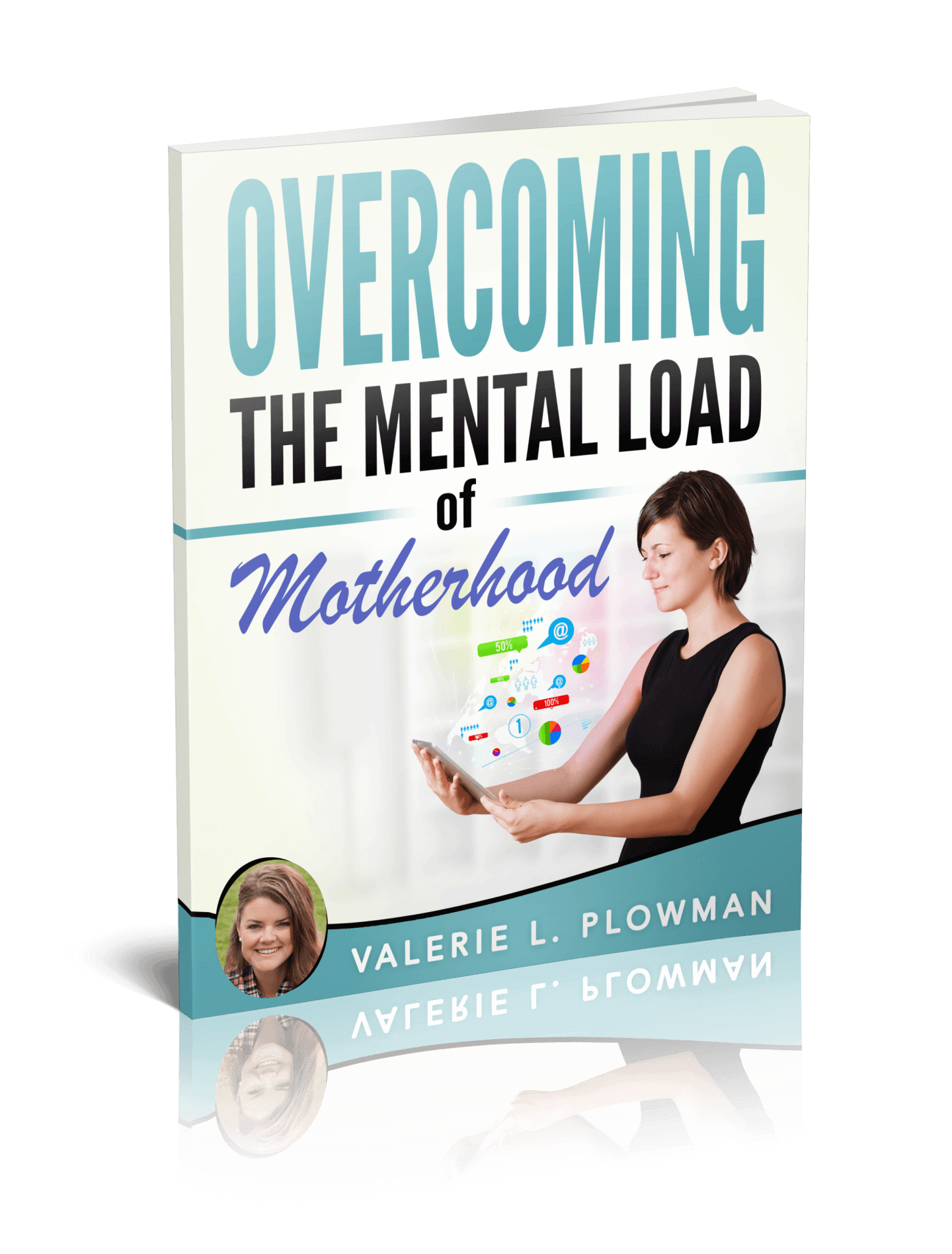Circadian Rhythm Explained and How It Impacts Sleep. How light impacts sleep.

When it comes to helping our children and ourselves get healthy sleep, there are several factors to consider and be mindful of. One such factor you will see me talk about often is the circadian rhythm.
Post Contents
Circadian Rhythm Defined
The circadian rhythm is a sleep regulatory system. The circadian rhythm is an internal body clock. This is something within your body that helps impact your sleep patterns. Healthy Sleep Habits, Happy Child describes it as being something that switches on and off genes in response to light (see page 15). It is a molecular clock that is set by sunlight.
The purpose of it is to ensure the body sleeps when it should and is awake when it should (along with other body factors. For the purpose of this post, we will focus on the impact it has on sleep). This sleep system is impacted genetically, so it is different from person to person (just like eye color). While it is genetic, it can be impacted by light, temperature, melatonin, and chemical reactions.
I have noticed my body is ready for bed two hours after the sun goes down. In the winter, the sun goes down at my house around 4:30 PM, so I am ready for bed by 6:30-7:00 PM each night. In the summer, it goes down around 10:00 PM, so I am wide awake until midnight. I get much less sleep in the summer!
Making Circadian Rhythm Work for You
The best way to help this circadian rhythm work in your favor and your child/baby’s favor is to keep a consistent pattern from day to day. Circadian rhythm changes quickly during a baby’s first few months of life, so what was normal for your three week old will be different at three months old, so this explains why baby’s sleep can be hard to peg initially. You are aiming at a moving target.
This is why having blackout blinds or curtains can be great for night sleep, especially if you live somewhere with late sunsets at any point in the year. It helps the biological clock stay on track. It can also help with naps, but if you use darkening blinds or curtains for naps, pay attention to how that impacts the rest of your child’s day. The darkness could throw off the rhythm, so it might be better to just shut blinds or even sleep with them open. Go with what works for your child. I had two nap with blinds open and two nap with them shut. Always respond to your individual child’s needs.
Use Circadian Rhythm to Get Kids to Sleep
This is also why I do not let my children sleep with nightlights long-term. The light disrupts sleep and the development of healthy circadian rhythm. Here are some tips.
- Have a consistent bedtime. Have a consistent morning wake up time. This will keep your light exposure consistent each day.
- Have your child see sunlight as soon in the morning after waking as possible. “Sunlight reaching the eyes can reset a person’s circadian rhythms, enabling a healthier sleep-wake cycle and better healing.” (source)
- Spend 30-60 minutes in the light each day. “Most protocols recommend 30 to 40 minutes of bright light exposure daily for beneficial effects in shifting circadian rhythms and changing sleep–wake cycles. ” source Some research suggests the light from late morning to late afternoon is not the most effective light for setting circadian rhythms. Other things I have read in the past suggest that being in the sun at noon is helpful for setting circadian rhythm.
- Limit screens close to bedtime. And by close, I mean 60-90 minutes before. This impact of light on the body is why phones and televisions, or any screen, are highly discouraged by sleep experts time and time again. The light messes with your circadian rhythm.
- Use room darkening curtains or blinds to help keep light out during night sleep. Melatonin is not released if there is light.
- Avoid using a nightlight. Keep light out of the room. All of my kids have had short time periods with the night light. I never put it in there until they really need it and I always get it out within a week or two.

Conclusion
Circadian rhythm is one piece of the sleep puzzle. Understanding it can help you take small and simple measures to help set your child up for success. If your child is having a hard time falling asleep at night, analyze the light in his life. Not seeing the sun early enough each day? Not getting time outside each day? Viewing screens too close to bedtime? Nightlight in the room? A simple change in lights could solve your sleep problems.
Related Sleep Posts:







